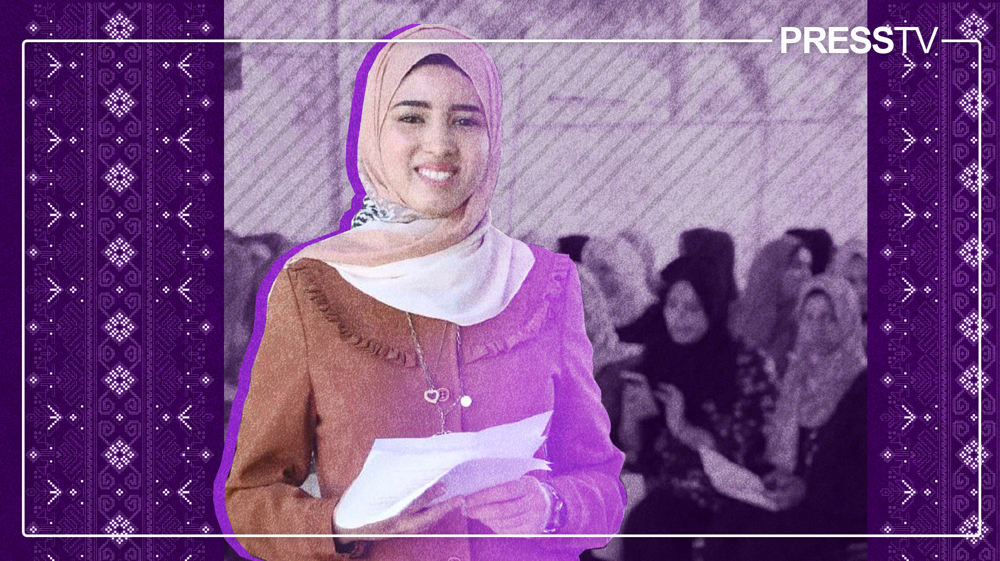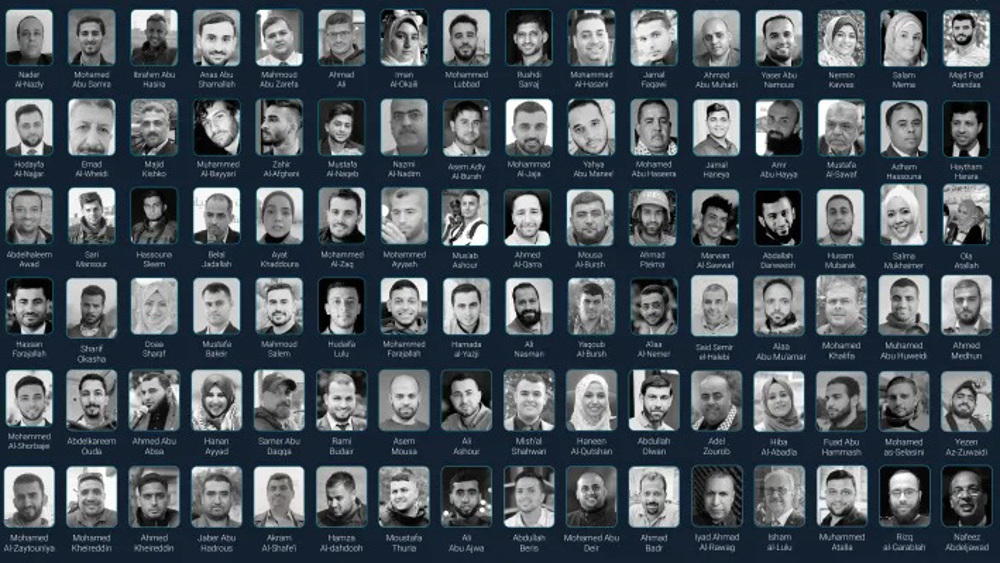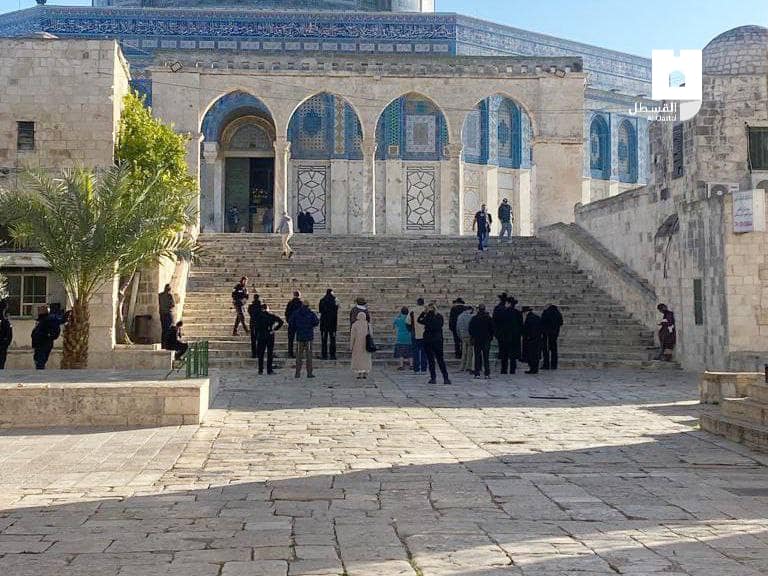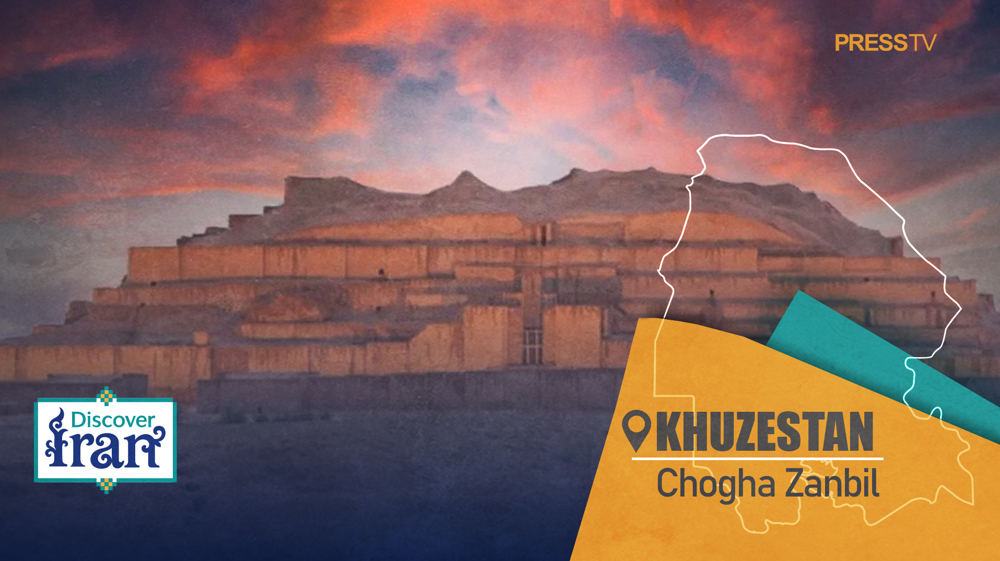Al Mayadeen – May 25, 2025
10 martyrs since dawn amid ongoing Israeli aggression, siege on Gaza
Israeli forces continue heavy airstrikes and shelling across Gaza, killing at least 10 Palestinians and deepening a dire humanitarian crisis, with thousands of children at risk of malnutrition.
Al Mayadeen's correspondent reported that at least 10 Palestinians were martyred since dawn on Sunday as a result of ongoing Israeli aggression on the Gaza Strip. The attacks targeted multiple areas in the southern, central, and northern regions of the besieged enclave.
Occupation aircraft launched a series of intense airstrikes on the town of al-Qarara, northeast of Khan Younis in the southern Gaza Strip. Simultaneously, heavy artillery shelling struck the towns of Abasan al-Kabira and al-Zana, east of Khan Younis.
One martyr was confirmed in the town of Abasan al-Kabira due to continued shelling in the same region.
Earlier in the morning, Israeli artillery bombarded Abasan al-Jadida, recording multiple injuries and widespread destruction to civilian infrastructure.
Moreover, in the central Gaza Strip, a Palestinian was killed and others were wounded in an Israeli drone strike that hit a tent sheltering displaced Palestinians in the al-Hasayneh area, west of the Nuseirat refugee camp. This incident highlights the increasing danger faced by civilians forced to flee their homes.
Airstrikes on Jabalia claim seven martyrs
In the northern Gaza Strip, Jabalia was subjected to renewed bombardment as Israeli forces launched a fresh wave of airstrikes. Seven Palestinians were killed, and several others were injured.
Occupation military vehicles also opened fire east of the al-Tuffah neighborhood, east of Gaza City, intensifying the pressure on densely populated areas already enduring relentless bombardment. As the aggression continues, the humanitarian crisis in Gaza deepens.
The World Food Programme (WFP) has warned that over 70,000 children in the Gaza Strip are suffering from severe malnutrition, urging immediate, safe, and unrestricted humanitarian access.
In a preliminary update, the Government Media Office in Gaza released data reflecting the deadly impact of the prolonged Israeli siege, which has lasted for more than 80 days:
- 58 deaths caused by malnutrition
- 242 deaths due to food and medicine shortages, most of them elderly
- 26 kidney patients lost their lives due to a lack of care
- Over 300 miscarriages reported among pregnant women due to nutritional deficiencies
- These figures underscore the urgency of humanitarian intervention and the devastating toll the ongoing siege and Israeli aggression on Gaza are having on the civilian population, especially the most vulnerable.
Israeli blockade on Gaza leads to over 300 miscarriages
On a related note, the Government Media Office in Gaza underlined on Saturday that the Israeli occupation enforced a total blockade on the Strip, warning that the closure of all border crossings and the systematic starvation of the population constitute war crimes and crimes against humanity under international law.
In a statement, the office said the blockade has been compounded by continuous, deliberate airstrikes and killings that amount to an ongoing genocide. “Israel’s” promotion of what it called a “deceptive narrative” about allowing aid entry was strongly refuted by Gaza authorities, who revealed that fewer than 100 aid trucks have entered, less than 1% of the basic needs of the population.
According to the statement, Gaza should have received at least 46,200 trucks carrying food, medicine, and fuel since the start of the siege to meet the populationメs minimum requirements. Instead, the few trucks permitted entry have faced additional challenges, including severe restrictions on their movement, looting by armed groups allegedly operating with the occupation’s tacit approval, and direct targeting of teams working to secure the aid.
Israel controls 77% of Gaza as ‘genocide, ethnic cleansing’ continues
By Maziar Motamedi and Stephen Quillen
- The Israeli military is in effect controlling 77 percent of the Gaza Strip through “continued genocide, ethnic cleansing”, the enclave’s Government Media Office says, calling on the UN and the international community to take action to stop “blatant defiance of all international laws and norms”.
- At least 22 Palestinians have been killed in Israeli attacks across Gaza since dawn, including journalist Hassan Majdi Abu Warda and several of his family members.
- Israel has allowed 100 trucks carrying aid into Gaza since Wednesday, officials say, an amount that is nowhere near what’s needed to help the enclave’s two million people as they face famine.
- Israel’s war on Gaza has killed at least 53,939 Palestinians and wounded 122,797, according to Gaza’s Health Ministry. The Government Media Office updated its death toll to more than 61,700, saying thousands of people missing under the rubble are presumed dead.
- An estimated 1,139 people were killed in Israel during the Hamas-led attacks of October 7, 2023, and more than 200 were taken captive.
YAF say targeted 'Israel's' Ben Gurion Airport with hypersonic missile
Yemeni operations against "Israel" continue, bringing the entity's air traffic to a halt and forcing settlers into shelters yet again.
The Missile Force of the Yemeni Armed Forces carried out a top-tier military operation targeting Lod Airport, referred to by the Israeli occupation entity as Ben Gurion Airport in Tel Aviv, using a hypersonic ballistic missile, YAF spokesperson Brigadier General Yahya Saree announced on Sunday.
The operation successfully achieved its objective, causing millions of Israeli settlers to flee to shelters and leading to the suspension of airport operations, Saree confirmed.
The spokesperson said the operation was in support of the oppressed Palestinian people and their Resistance fighters and in rejection of the genocide being committed by "Israel" there.
He also underscored that the YAF's operations will continue and will escalate until the Israeli aggression on Gaza is halted and the blockade imposed on the Palestinian enclave is lifted.
Furthermore, Saree confirmed that the latest missile strike was part of the ongoing aerial blockade enforced by the Yemeni Armed Forces against the Israeli entity. He noted that in recent days, a growing number of international carriers have complied with the flight restrictions, significantly disrupting operations at Lod Airport (Ben Gurion).
Israeli media had earlier reported the launch of a projectile from Yemeni territory, followed by air raid sirens sounding across al-Quds and surrounding settlements. Concurrently, "Israel’s" Kan channel confirmed that flight operations at Ben Gurion Airport were temporarily suspended.
Aviation tracking data at the time of the strike indicated that at least four inbound flights were forced into holding patterns over the Mediterranean coast, awaiting clearance as airspace remained restricted due to the ongoing threat environment.
Earlier, the Israeli occupation military claimed that its "air defenses dealt with a ballistic missile launched from Yemen," after air raid sirens sounded across large areas of the occupied Palestinian territories.
The Israeli military later alleged that they had intercepted the missile.
British airways extends flight suspension to 'Israel' until July 31
British Airways has extended its suspension of flights to and from "Israel" through July 31, citing persistent security risks following a missile strike from Yemen near Ben Gurion Airport earlier this month, as well as repeated missile launches that bring air traffic to a halt. The UK carrier had previously paused operations until mid-June, but ongoing instability has prompted a longer delay.
The decision comes in the aftermath of the May 4 incident, when a ballistic missile bypassed Israeli air defenses and struck near Terminal 3メs control tower, landing just a few hundred meters from a critical access road. The event raised immediate concerns about aviation security in "Israel", prompting numerous international airlines to reevaluate their routes. Meanwhile, many major airlines remain cautious.
The following carriers have extended their "Israel" flight cancellations:
- Air France, LOT Polish Airlines: Suspended through May 26
- Iberia (Spain): Suspended through May 31
- airBaltic (Latvia): Suspended through June 2
- ITA Airways, Lufthansa, Austrian, Swiss, Brussels Airlines, Eurowings: Suspended through June 8
- Ryanair: Suspended through June 11
- United Airlines: Suspended through June 12
- Air India: Suspended through June 19
- Furthermore, foreign carriers have jointly called on "Israel’s" Transportation Ministry to formally announce a state of emergency, requesting regulatory relief to help facilitate the safe and economically viable resumption of operations.
In a letter to Transportation Minister Miri Regev, attorney Shirly Kazir of FISCHER & Co. wrote, “In light of the current state of emergency and the disastrous consequences of security incidents on the aviation and tourism industry… it appears that the conditions are ripe to issue an order to instate mechanisms applicable for emergency situations.”
A light extinguished: The story of a Palestinian journalist killed with her dream
By Palestinian Journalists' Protection Center
On May 15, Palestinian journalist Nour Qandeel wrote a Facebook post saying: "If I am martyred, I am not just a number, okay? Talk about me a lot, convey my voice, my ambition, and my dream after I’m gone. "
"
Just three days later, nothing remained of Nour but a photograph, farewell words, and the rubble of a home flattened to the ground, covering her body, that of her husband, journalist Khaled Abu Shanab (31), and their daughter, Ayloul, who had not yet completed her first year.
The bombing was part of an escalating wave of the Israeli regime’s genocidal war, targeting journalists in Gaza, reopening discussions about international accountability amidst the silence of major organizations.
Nour, a graduate of Journalism and Media from Al-Aqsa University in 2020, had no stable employment opportunities in local media institutions but collaborated with several entities, most recently Al-Thuraya Media Foundation, where she served as the Events Coordinator for the Social Media Café.
Her colleagues described her as talented, flexible, and determined, always striving to overcome the economic blockade by developing her skills in handicrafts and marketing them via social media platforms.
She dreamed of traveling abroad to pursue a Master’s degree in Digital Media, but remained trapped by the siege imposed on Gaza for over two decades.
A small family on an extermination list
With her freelance journalist husband Khaled Abu Shanab, Nour formed a small and simple family centered around their daughter Ayloul, the remaining source of joy in their daily lives.
The family was displaced several times during the war, returning to their home in Deir al-Balah in mid-May, believing that calm might prevail.
However, just three days later, Israeli aircraft directly bombed their home, immediately killing all three. This massacre triggered outrage, especially as five other journalists were also killed in separate raids the same night.
According to the Palestinian Journalists’ Protection Center (PJPC), more than 200 journalists have been killed in the Israeli genocidal war on Gaza since October 2023, incidents described by rights groups as systematic and deliberate.
Her colleagues said, "Nour had an incredible passion for journalism… Even after having a child, she never gave up her dream. She wanted to amplify Gaza’s voice, especially the stories of women and families."
A law that doesn’t protect
Despite journalists being protected under international law—specifically Article 79 of Additional Protocol I to the Geneva Conventions, Article 8 of the Rome Statute of the International Criminal Court (war crimes), UN Security Council Resolution 2222 (2015), emphasizing the protection of journalists, and Article 19 of the Universal Declaration of Human Rights (freedom of opinion and expression)—no Israeli regime official has ever been held accountable for killing a journalist in Gaza over past decades .
.
The United Nations has repeatedly expressed "grave concern" regarding attacks on journalists in Gaza. However, no independent, transparent international investigation into these crimes has been launched, despite repeated calls from international human rights watchdogs.
In March 2021, the International Criminal Court announced an investigation into war crimes in the occupied Palestinian territories, but the file remains stalled under Israeli and international pressure.
Don’t make her just a number
The killing of Nour and her family reopens the painful question: How long will civilians be killed without accountability? Will this crime be documented among the violations against journalists in the International Criminal Court?
Nour was not seeking fame but a voice. In a moment of truth, when horizons narrowed and bombings intensified, she wrote, "Talk about me a lot, convey my voice and my ambition…"
Today, that voice is a professional and ethical responsibility for anyone still alive holding a camera, a pen, or a memory. Nour, her husband, and their little daughter were not killed in a fair war but in a war against truth.
The cowardly killing of journalist Nour Qandeel is not just a crime against an individual or a family; it symbolizes a collective tragedy facing Palestinian journalism daily.
Nour’s name is now etched on the wall of truth, awaiting someone to tell her story—not as a number, but as a voice whose message remains unfinished.
Palestinian Information Center – May 25, 2025
Over 390 settlers defile Aqsa Mosque
OCCUPIED JERUSALEM, (PIC)
Scores of extremist Jewish settlers desecrated the Aqsa Mosque in Occupied Jerusalem on Sunday morning, amid tight restrictions on the entry of Muslim worshipers to the holy site.
According to local sources, at least 393 settlers entered the Mosque through its Maghariba Gate and provocatively toured its courtyards under police protection.
During their tours at the Islamic holy site, the settlers received lectures from rabbis about the alleged temple mount and a number of them provocatively performed Talmudic prayers in the eastern area of the Mosque.
Meanwhile, the Israeli occupation police imposed movement and entry restrictions on Muslim worshipers at the Aqsa Mosque’s entrances and gates and prevented many of them from entering the holy site.
https://english.palinfo.com/news/2025/05/25/339992/
Discover Iran: Chogha Zanbil, the world’s oldest religious monument and timeless ziggurat
By Alireza Akbari
- Chogha Zanbil, in southwestern Khuzestan province, is one of the few remaining ziggurats (stepped pyramids) outside of Mesopotamia – and by far, the best preserved.
- A magnificent ancient Elamite complex built around 1250 BCE, it was recognized by UNESCO in 1979 as Iran’s first World Heritage Site.
- It offers a rare glimpse into pre-Persian civilization, long before Cyrus the Great or Darius, and shows the advanced engineering and religious beliefs of the Elamites over 3,000 years ago
- Chogha Zanbil, the first Iranian site inscribed on the UNESCO World Heritage List, is one of the oldest religious monuments in the country, built by the ancient Elamite civilization.
Constructed around 1250 BCE by the Elamite king Untash-Napirisha, the complex once formed the heart of a walled city called Dur-Untash. Located in southwestern Iran, near the ancient city of Susa, the site embodies the architectural and ceremonial sophistication of its tim e.
e.
The name “Chogha Zanbil,” derived from Elamite and Akkadian roots, refers to a royal settlement dedicated to the king. Today, its Luri name translates to "basket-shaped hill."
The historical structure is remarkable not only for its scale and antiquity but also for its architectural design. It includes what may be one of the world’s earliest water filtration systems. Although its layered form resembles the ziggurats of Mesopotamia, its construction and layout are distinct, one reason it was designated a UNESCO World Heritage Site in 1979.
Now largely in ruins, the site's architecture, inscriptions, and remaining infrastructure have helped archaeologists better understand the ceremonial and civic life of the Elamite world.
Chogha Zanbil meets two of UNESCO’s six cultural criteria for World Heritage status. It offers “exceptional testimony to a cultural tradition or civilization which has disappeared” and stands as “an outstanding example of a type of building or architectural ensemble that illustrates a significant stage in human history.”
These are known as criteria (iii) and (iv) – typically reserved for sites that have not only endured the passage of time but were also fundamentally shaped by it.
The structure sits at the heart of what was once known as the city of Dur-Untash. The name combines Dur (meaning “city”) with Untash, the name of its royal founder.
Spanning nearly 1,000 by 1,300 meters, the site is enclosed by three concentric walls made of adobe brick, each delineating a distinct zone for religious and governance functions.
At the heart of the expansive complex stands the main ziggurat, once a five-tiered stepped temple that served as the spiritual center of Dur-Untash.
Surrounding it, the second enclosure houses smaller temples and royal buildings, while the outermost ring includes subterranean tombs, additional palaces, and a remarkably advanced water purification system, one of the earliest known examples of its kind in the world.
Scholars regard Chogha Zanbil as the oldest surviving religious structure in Iran. Its ancient and original name, Ziggurat Dūr-Untash, stems from the Akkadian word ziqquratu and the older Sumerian term zaqāru, both signifying high or elevated places, structures conceived to connect the earthly and the divine.
The name Dur-Untash itself weaves together meaning and legacy: Dur translates to “place” or “settlement,” while Untash honors the Elamite king Untash-Napirisha, who commissioned the city in the 13th century BCE.
The modern name, Chogha Zanbil, is derived from the Luri language: chogha means "hill" or "mound," and zanbil means "basket," implying the historic structure’s shape and form.
Situated in the heart of southwestern Iran, in Shush County of Khuzestan Province, the complex sits near the archaeological zone of Haft Tappeh. It is located about 35 kilometers west of Shushtar and 40 kilometers southeast of Susa, the ancient capital of Elam and once the beating heart of Elamite civilization.
Dur-Untash lies west of the Dez River and falls under the jurisdiction of Shush County. It is accessible via a turnoff from the Shush–Ahvaz road, or through the Karun Agro-Industry route from Shushtar via Haft Tappeh.
At its center stands the Chogha Zanbil ziggurat, encircled by a sacred precinct. The French archaeologist Roman Ghirshman, who led excavations at the site in the mid-20th century, used the Greek term temenos to describe this consecrated space.
The entire complex spans a perimeter of nearly 1,625 meters, enclosing a square ziggurat that measures 105.2 by 105.2 meters. Unlike the cardinally aligned ziggurats of Mesopotamia, Chogha Zanbil’s ziggurat is rotated 90 degrees, creating a ceremonial courtyard of about 400 by 400 meters, which embraces the monument in measured symmetry.
Originally rising to a height of 52 meters, the Chogha Zanbil ziggurat once towered over the plains of ancient Elam, its five tiers representing a sacred ascent toward the heavens.
Though erosion and time have worn away much of its upper levels, two and a half tiers remain, standing at approximately 25 meters tall, yet its presence remains monumental.
The square base of the Chogha Zanbil ziggurat, measuring 105.2 by 105.2 meters, covers an area nearly twice the size of a standard football field.
